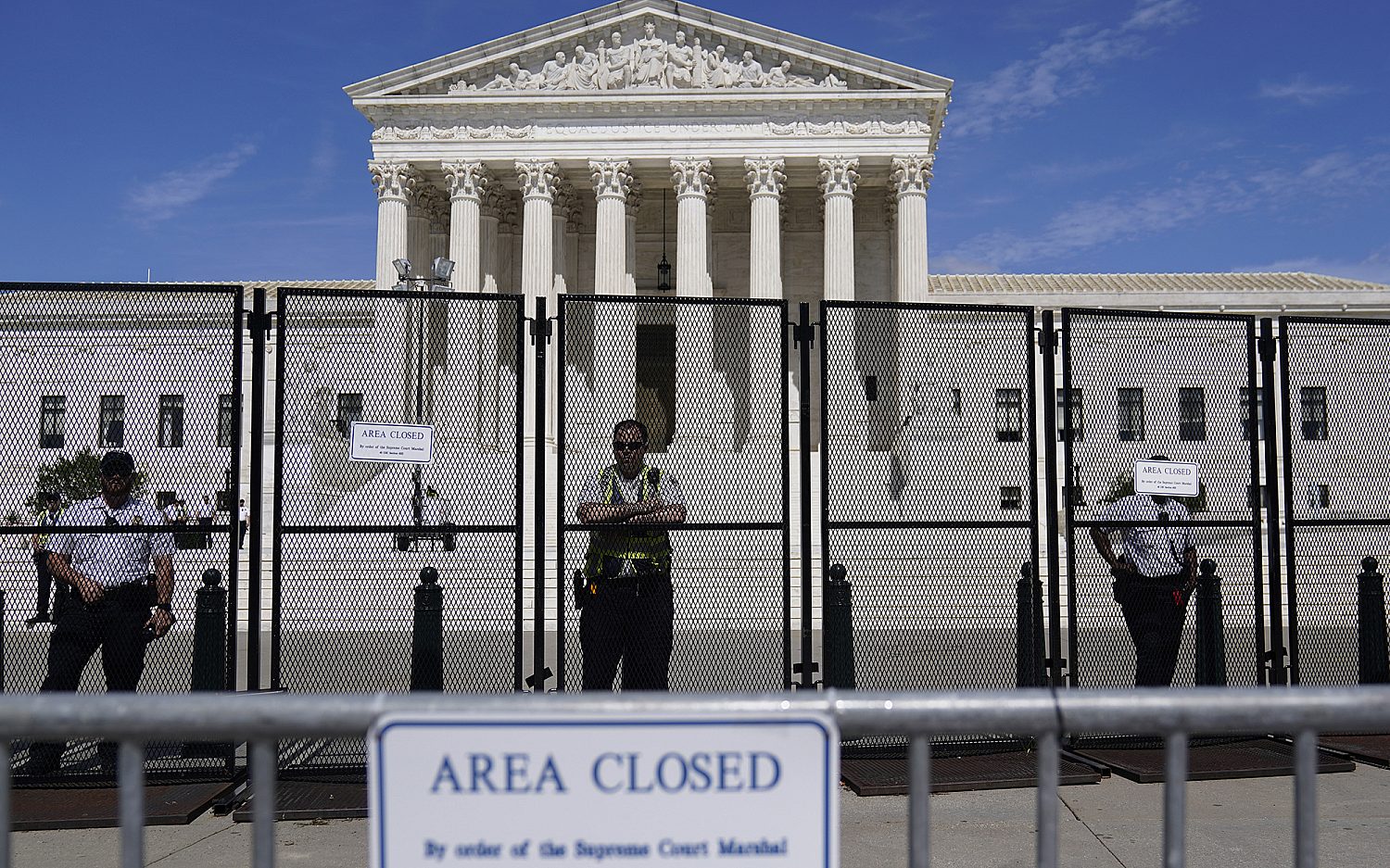When birds collide, wind power companies pay the price
While government policies have supported wind energy for years, the energy source is less popular with the hundreds of unlucky eagles, owls, and hawks that stray into the spinning wind turbines.
For the first time, the U.S. government has enforced laws protecting birds from wind energy facilities in a move that levels the playing field for other competing technologies. While previously the government only prosecuted oil companies and power companies for drowning and electrocuting birds, Duke Energy Renewables recently paid a settlement of $1 million to the government for killing 14 eagles and 149 other birds at two Wyoming wind farms. Each death is a violation of federal law.
“In this plea agreement, Duke Energy Renewables acknowledges that it constructed these wind projects in a manner it knew beforehand would likely result in avian deaths,” said Robert Dreher, acting assistant attorney general for the Justice Department's Environment and Natural Resources Division.
Wind farms use turbines that can be as tall as 30-story buildings with spinning rotors as wide as a passenger jet's wingspan. Though the blades appear to move slowly, they can reach speeds up to 170 mph at the tips. Soaring birds behave like drivers texting on their cellphones; they don't look up. As they scan for food, they don't notice the turbine blades until it's too late.
“We deeply regret the impacts of golden eagles at two of our wind facilities,” said Greg Wolf, president of Duke Energy Renewables Inc. “Our goal is to provide the benefits of wind energy in the most environmentally responsible way possible.”
A limited study by federal biologists found that wind turbines had killed at least 67 eagles since 2008, but the study did not include the Altamont Pass in northern California. According to the Golden Gate Audubon Society, wind farms at Altamont once killed 50-60 eagles and hundreds of burrowing owls, American kestrels, and red-tails hawks each year.
Under pressure to reduce bird deaths, energy companies operating near Altamont Pass replaced smaller turbines on latticed towers with fewer, larger units on solid-tube towers. Companies also learned to place the wind turbines away from parts of the terrain where birds prefer to fly. Not all of the Altamont wind farms have been refitted, but the newer approach is expected to reduce bird kills by about 50 percent, allowing more of the eagles to soar safely on the winds.
The Associated Press contributed to this report.
An actual newsletter worth subscribing to instead of just a collection of links. —Adam
Sign up to receive The Sift email newsletter each weekday morning for the latest headlines from WORLD’s breaking news team.




Please wait while we load the latest comments...
Comments
Please register, subscribe, or log in to comment on this article.